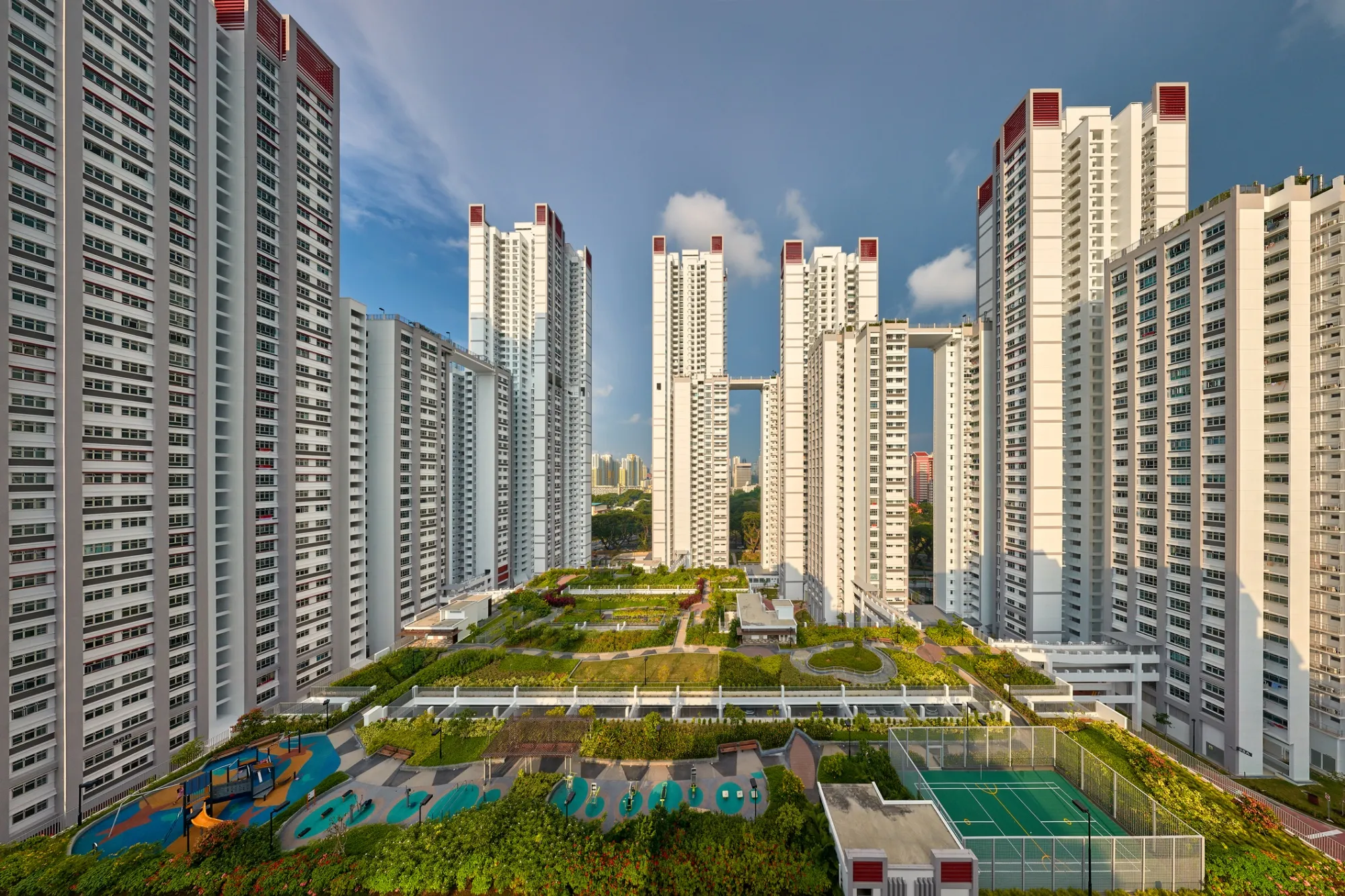Affordable Housing Financing and Delivery in Singapore

The document titled “Affordable Housing Financing and Delivery in Singapore” provides an extensive analysis of Singapore’s approach to affordable housing, focusing on the financing mechanisms, policies, and delivery systems that have contributed to its success in providing housing for a significant portion of its population. The report highlights how Singapore has managed to achieve high levels of homeownership and affordability through innovative strategies and government interventions.
Overview of Singapore’s Housing Landscape
Singapore’s Housing Development Board (HDB) plays a pivotal role in the country’s housing sector, providing affordable housing options primarily through public housing schemes. Approximately 80% of Singapore’s residents live in HDB flats, which are built and managed by the government. The document notes that the HDB has developed over one million units since its inception, significantly increasing homeownership rates from just 29% in 1970 to about 88% by 2020. The HDB’s approach emphasizes homeownership as a means to foster social stability and national identity. This strategy is supported by various financial products and policies designed to make housing accessible to low- and middle-income families.
Key Financing Mechanisms
The document outlines several crucial financing mechanisms that underpin Singapore’s affordable housing financing model:
- Central Provident Fund (CPF): The CPF is a mandatory savings scheme that allows employees and employers to contribute a portion of wages towards retirement, healthcare, and housing. A significant portion of CPF savings can be used for down payments and mortgage payments on HDB flats, which effectively reduces the cash burden on homebuyers.
- Low-Interest Loans: The HDB offers loans with competitive interest rates (currently around 2.6%) to eligible buyers, making it easier for low-income families to afford their homes. These loans are structured to ensure that monthly payments do not exceed 30% of a household’s income.
- Housing Grants: Various grants are available for first-time homebuyers, including the Additional Housing Grant (AHG) and Special Housing Grant (SHG), which provide financial support based on household income. These grants can significantly reduce the cost of purchasing a flat, making homeownership more attainable.
- Resale Market Regulations: To prevent speculation and maintain affordability, HDB flats must be held for a minimum of five years before they can be resold. This policy helps stabilize the market and ensures that homes remain accessible to those who need them most.
Policy Framework
The document highlights several key policies that have shaped Singapore’s affordable housing financing landscape:
- Land Acquisition Policies: The government has broad powers to acquire land for public housing development, ensuring that land prices remain manageable and preventing windfall profits for landowners. This proactive approach helps control costs associated with new developments.
- Integration of Income Groups: HDB developments are designed to integrate various income groups within neighbourhoods, promoting social cohesion and diversity. This is achieved through mixed-flat types within estates, ensuring that lower-income families are not isolated from higher-income residents.
- Public-Private Partnerships (PPPs): The government collaborates with private developers under specific schemes that allow them to build public housing while adhering to HDB standards. This partnership model enables efficient delivery while maintaining quality.
- Regulatory Measures Against Speculation: Singapore employs property transfer taxes (stamp duties) to discourage speculative investments in real estate. For instance, no stamp duty is charged on the first property purchase for citizens, but rates increase significantly for subsequent purchases.
Challenges and Future Outlook
Despite its successes, the document acknowledges the challenges facing Singapore’s affordable housing sector:
- Rising Demand: As urbanization continues, demand for affordable housing remains high, necessitating ongoing investment in new developments.
- Market Pressures: Recent trends indicate rising prices for public housing units, prompting the government to introduce measures aimed at curbing price increases and ensuring long-term affordability.
- Temporary Workforce Issues: The reliance on low-paid temporary workers for construction poses challenges related to labour rights and living conditions.
The document concludes with recommendations for sustaining Singapore’s affordable housing success:
- Continued investment in public housing development is essential.
- Enhancing awareness of available financial products among potential buyers can improve access.
- Ongoing evaluation of policies will be crucial to adapt to changing market conditions and demographic needs.
Further reading: Finnish Housing Policy and Role of the State
Housing lessons from Singapore – Policy Note policynote
Singapore’s Housing Development Board provides housing to 80 … sdg16

